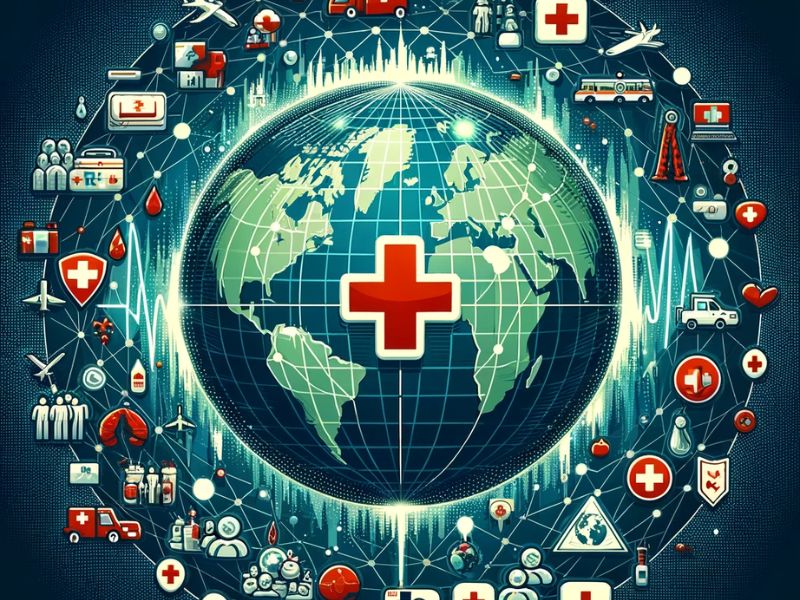
Global Aid: Challenges Faced by Humanitarian Organizations
An Analysis of Major Crises and Responses by Relief Organizations
IRC’s 2024 Emergency Watchlist
The International Rescue Committee (IRC) has released its “At a Glance: 2024 Emergency Watchlist,” a detailed report highlighting the 20 countries most at risk of experiencing new or worsening humanitarian crises in the coming year. This analysis is crucial for the IRC in determining where to focus emergency preparedness efforts, accurately predicting regions facing the most severe deteriorations. The report, based on in-depth data and global analysis, serves as a barometer to understand the evolution of humanitarian crises, their underlying causes, and possible strategies to mitigate their impact on affected communities. It is a vital tool for anticipating and mitigating the consequences of impending disasters.
The Ongoing Commitment of the American Red Cross
In 2021, the American Red Cross had to confront a series of extreme disasters that devastated communities already grappling with the challenges posed by the COVID-19 pandemic. The organization launched new relief efforts on average every 11 days, providing shelter, food, and care to thousands of people in need. Throughout the year, a family affected by a disaster in the United States spent an average of nearly 30 days in an emergency shelter supported by the Red Cross, due to a lack of savings and a shortage of housing in the community. This phenomenon highlights how climate disasters are exacerbating the financial hardships caused by the pandemic. The Red Cross provided free services such as food, relief items, healthcare services, and emotional support, also distributing emergency financial assistance to help people with urgent needs.
FEMA’s Action in Strengthening Resource Management
The Federal Emergency Management Agency (FEMA) has recently launched a National Resource Hub, designed to assist communities in implementing resource management processes as defined in the National Incident Management System (NIMS) and the National Qualification System (NQS). Available as part of FEMA’s PrepToolkit, this hub is a collection of web-based tools available at no cost to state, local, tribal, territorial agencies, and non-governmental organizations. The National Resource Hub includes links to resources such as the Library of Resource Typing Definitions, the Resource Inventory System, and OneResponder. The tools provided are essential for a coordinated and effective response in emergency situations, enabling organizations to enhance disaster preparedness and response.
Challenges and Opportunities in the Relief Sector
Organizations like IRC, the American Red Cross, and FEMA face growing and increasingly complex challenges, ranging from natural disasters to global health crises like the COVID-19 pandemic. These challenges require not only financial and material resources but also innovation and adaptability to effectively address evolving crises. Their actions underscore the importance of a collaborative and multidisciplinary approach in the field of relief and emergency response. Their ongoing dedication to providing aid and support to affected communities emphasizes the invaluable value of humanitarian work on a global scale.


